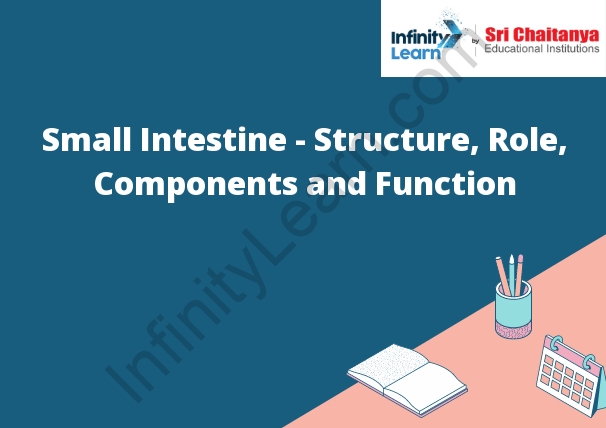Table of Contents
small-intestine
The small intestine is a long, coiled tube that extends from the stomach to the large intestine. It is about 18-20 feet long in adults. The small intestine is responsible for the final stages of digestion and absorption of food. The walls of the small intestine are lined with tiny, finger-like projections called villi. The villi increase the surface area of the intestine, which allows for greater absorption of nutrients from the food. The small intestine also contains numerous glands that secrete digestive juices into the intestine. These digestive juices help to break down the food and absorb the nutrients.

Structure and Components of a typical Nucleus
A typical nucleus contains the following components:
-Nucleolus: This is a small, dark-staining structure located in the center of the nucleus. The nucleolus is responsible for the production of ribosomes, which are the sites of protein synthesis in the cell.
-Nuclear envelope: This is a double-layered membrane that surrounds the nucleus. The nuclear envelope serves as a barrier between the nucleus and the cytoplasm of the cell.
-Nuclear pore complexes: These are large protein complexes that span the nuclear envelope. The nuclear pore complexes allow molecules to pass in and out of the nucleus.
-Chromatin: This is a network of DNA and proteins that makes up the chromosomes. The chromatin is condensed into a small amount of space during interphase and it becomes more diffuse during mitosis.
Roles of the Small Intestines
The small intestines play an important role in the digestive system by breaking down food and absorbing the nutrients. The small intestines are about 20 feet long and are made up of the duodenum, jejunum, and ileum. The duodenum is the first part of the small intestines and is where the food from the stomach is mixed with digestive juices from the pancreas and liver. The jejunum and ileum are the other two parts of the small intestines and are where the nutrients are absorbed into the bloodstream.
What Happens to Food in the Small Intestine?
The small intestine is responsible for the digestion and absorption of food. The food is broken down into small pieces by enzymes in the saliva and stomach, and then passes into the small intestine. The small intestine contains many glands that secrete digestive juices, which break down the food further. The food is then absorbed into the bloodstream, and the nutrients are delivered to the rest of the body. The waste products are eliminated from the body through the rectum and anus.
Functions of the Small Intestines
The small intestines play a critical role in the body by digesting food and absorbing the nutrients from it. The small intestines are about 18-20 feet long and are located in the abdominal cavity. They are divided into the duodenum, jejunum, and ileum.
The small intestines are responsible for digesting food. The food is mixed with digestive juices in the small intestines, and the enzymes in the digestive juices break down the food into smaller molecules. These smaller molecules are then absorbed into the bloodstream and transported to all parts of the body.
The small intestines are also responsible for absorbing the nutrients from food. The nutrients are absorbed into the bloodstream and transported to all parts of the body. The small intestines also absorb water and electrolytes from the food, which helps to maintain the body’s fluid balance.







